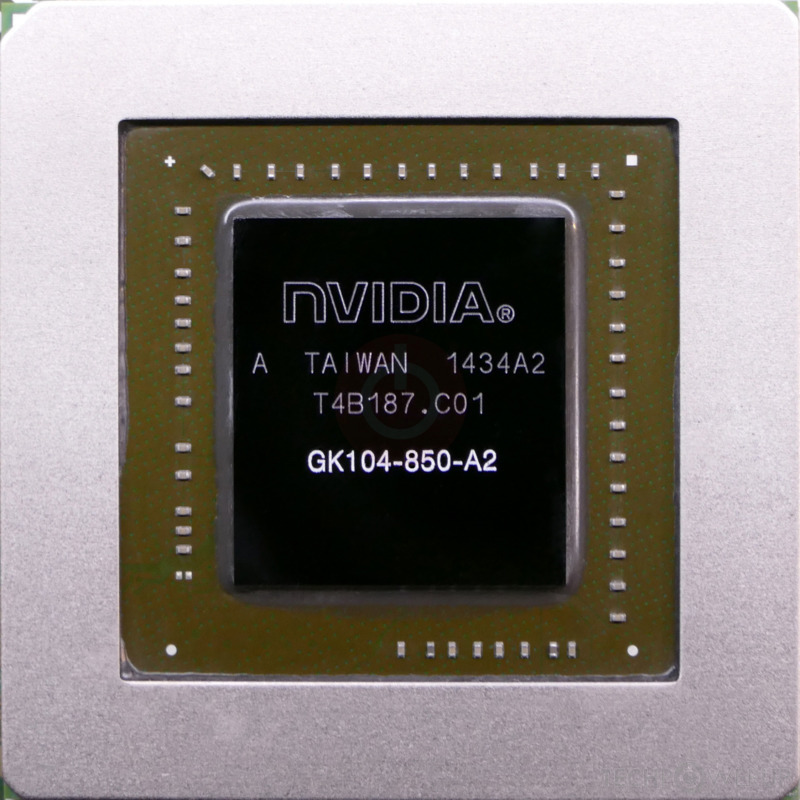
The reason for the change is really one of timing, with the company having to base its release cycle on both its own internal development and releases from Intel and major workstation vendors. The K2200 (as well as the entry-level K620 board) is actually based on NVIDIA’s next-generation Maxwell GPU architecture-as is the recently announced NVIDIA M6000 board. The K designation in this board’s name is a bit misleading. In addition, an all-new display engine drives up to four displays with DisplayPort 1.2 support for ultra-high resolutions up to 3,840x2,160 at 60Hz with 30-bit color. Its 80GB/second memory bandwidth is also considerably greater than the K2000.

The Quadro K2200 features 640 CUDA (compute unified device architecture) parallel processing cores (compared to 384 in the K2000) and includes 4GB of GDDR5 memory, double that of its predecessor.

Yet with a suggested retail price (MSRP) of $599 and a selling price around $429, the K2200 delivers a lot of bang for the buck. This GPU delivers exceptional power-efficient 3D application performance. The NVIDIA Quadro K2200 is the company’s new mid-range graphics solution, replacing the K2000. We also installed several of the previous generation GPUs in the same BOXX APEXX 2 workstation so we could compare the new generation to the old, seeing for ourselves whether NVIDIA’s claims of performance improvement held up. We subjected three of the new Quadro boards-the K5200, K4200 and K2200-to a battery of tests. Offering up to twice the application performance and data-handling capability of the previous generation, the Kepler-based boards let users interact with their designs locally on a workstation or remotely with a Quadro-based workstation from essentially any device, including PCs, Macs or tablets. The new boards began shipping in the fall of 2014. This past August, at the SIGGRAPH conference in Vancouver, Canada, NVIDIA unveiled its next generation of Quadro GPUs with the introduction of the K5200, K4200, K2200, K620 and K420. At that time, we reviewed two impressive (and expensive) graphics boards, the high-end Quadro K5000-the first board based on the company’s Kepler-based GPU (graphics processing unit)-and the ultra-high-end Quadro 6000 board. I t’s been several years since we last looked at workstation-class graphics accelerators from NVIDIA.


 0 kommentar(er)
0 kommentar(er)
